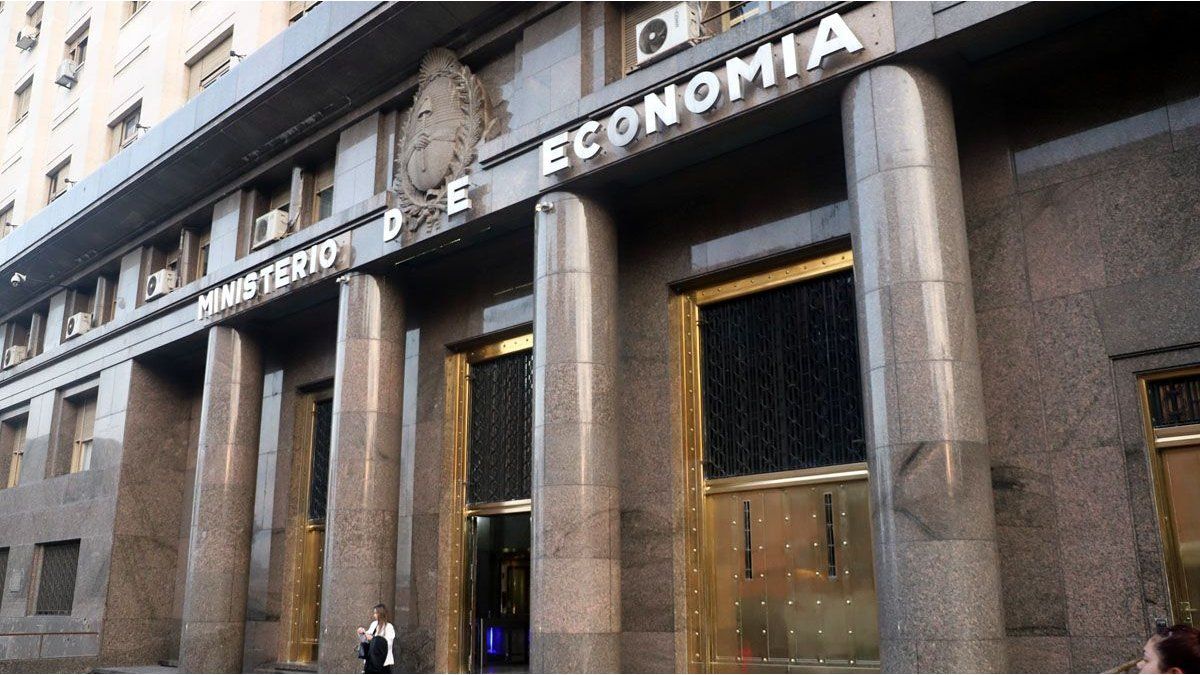The mechanism of these companies consists of investing the contributions of the workers and pouring the profits obtained into their individual savings accounts for the moment in which they finalize the retirement of their professional life.
The limits on AFAP investments are regulated by the Law 16,713which seeks that companies manage them with the maximum guarantees and minimize risksin turn, are controlled by the Central Bank of Uruguay (BCU).
Between AFAP Sura, Republic AFAP, Union Capital AFAP and Integration AFAPhe Accumulation sub-fund reaches the 650.9 million pesos; Meanwhile he Retirement sub-fundthe 162.8 million pesosaccording to the latest data published by the BCU.
Investments in government instruments and the BCU
For example, investments in debt instruments issued by the government and the BCUthe segment with the highest proportion in the AFAP portfolios, can represent a maximum of 75% of the total of the Accumulation subfund and 90% of the Retirement subfund.
In practice, these types of instruments used explain the 53.53% of the first mentioned sub-fund, where the external indexable bonds in pesos (28.8%), according to the latest data for March) and the Treasury Notes in Indexed Units (UI)with 10.13%, although there are also Notes in Pension Units, Letters of Monetary Regulation (LRM), external bonds in pesos and global bonds.
In the Retirement sub-fund, the proportion of this type of investment options reaches 64.05%, with a great participation of Treasury Notes in UI (34.86%) and LRM (24%), although there are also Notes in pesos, indexable external bonds and global bonds.
Investments in the “productive sector” represent 27% of the total
But in addition, these companies invest in the private sectorcalled “productive sector”, through financial trusts and negotiable obligations in different areas such as agricultural, industrial, trade, transport and services, real estate, financial, infrastructure, energyamong others.
These investments generate profits for affiliated persons; but also, at the same time, they allow the different sectors of the Uruguayan economy expand your production possibilities.
This segment has a maximum limit of 50% of the total in the Accumulation subfund –in Retirement they are not allowed– and, according to the last relief from the Central Bank, currently represents a 27.23% throughout the system.
International income, banks and coverage: other investment segments
On the other hand, the AFAPs have exposure to the international income through bonds issued by multilateral credit organizations and of bonds issued by foreign governmentsthe point of contention between the various government partners.
The law establishes a limit of 15% in the case of the Accumulation sub-fund and 20% in the Retirement. According to the March data from the BCU, almost the entire allowed range is used in both: 13.45% and 16.74% respectively.
In turn, the regulation establishes a ceiling of 30% for the banking segment15% –Accumulation– and 5% –Withdrawal– in consumer loansand 10% in the literal coverage, where the purchases and sales of derivative instruments are computed to hedge against exchange risks.
Source: Ambito




